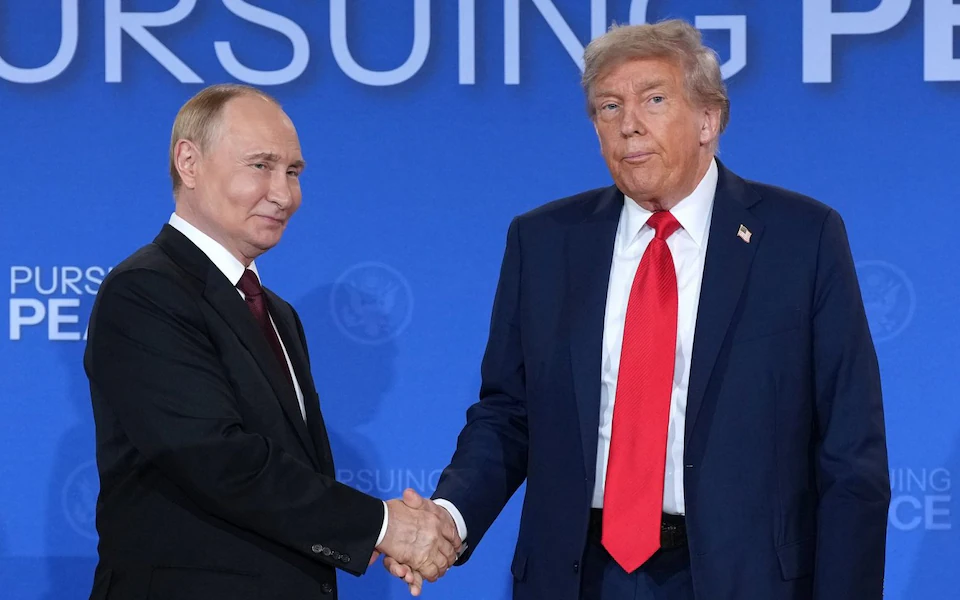In an unexpected geopolitical development, a senior Kremlin envoy has proposed the construction of a 70-mile “Putin–Trump Unity Tunnel” connecting Russia and the United States beneath the Bering Strait, a project envisioned as a symbol of global cooperation and peace.
Kirill Dmitriev, Moscow’s special envoy for international economic and investment cooperation, unveiled the idea on Thursday, describing it as a “once-in-a-century opportunity” to unite two continents. Dmitriev, who also plays a key role in peace negotiations concerning Ukraine, suggested that the ambitious project could be built using cutting-edge tunnelling technology developed by billionaire entrepreneur Elon Musk through his company, The Boring Company.
Read Also:
Trump sends envoy to Moscow ahead of Ukraine war deadline
Ukrainian drones strike Moscow, force airport closures
According to Dmitriev, the tunnel would include rail and cargo lines capable of transporting goods, energy, and passengers between Alaska and Russia’s Chukotka region. He added that the project could be completed within eight years if funded jointly by Moscow and international partners, unlocking new trade opportunities and enabling shared exploration of Arctic and Pacific resources.
The proposal surfaced shortly after Russian President Vladimir Putin held a phone conversation with President Donald Trump, with reports suggesting the two leaders plan to meet in Hungary in the coming weeks to discuss potential peace frameworks related to the war in Ukraine.
When asked about the proposal during a meeting with Ukrainian President Volodymyr Zelenskyy, Trump called the idea “interesting.”
“Tunnel from Russia to Alaska, I’ve just heard about that. Well, that’s interesting. I’ll have to think about it,” Trump told reporters. “We’ve recently built a good road in Alaska, which gives us access to valuable mineral resources. We have a good piece of the ownership because, in fact, we made it possible.”
Trump later asked Zelenskyy what he thought of Moscow’s suggestion.
“I’m not happy with it,” Zelenskyy replied firmly.
The idea of linking the U.S. and Russia across the Bering Strait is not entirely new. It has been floated at various points over the past 150 years, including proposals in the late 19th century and a 1960s U.S. initiative known as the “World Peace Bridge.” None, however, have materialised due to financial, political, and logistical challenges.
If realised, the “Putin–Trump Tunnel” would mark the first physical connection between North America and Eurasia, potentially transforming global logistics, trade routes, and diplomatic relations. Proponents see it as a visionary gesture of reconciliation and progress; critics, however, question its feasibility amid ongoing geopolitical tensions and sanctions.
For now, the project remains a concept , but one that has sparked renewed conversation about the possibilities of global cooperation in an era defined more often by division than unity.



